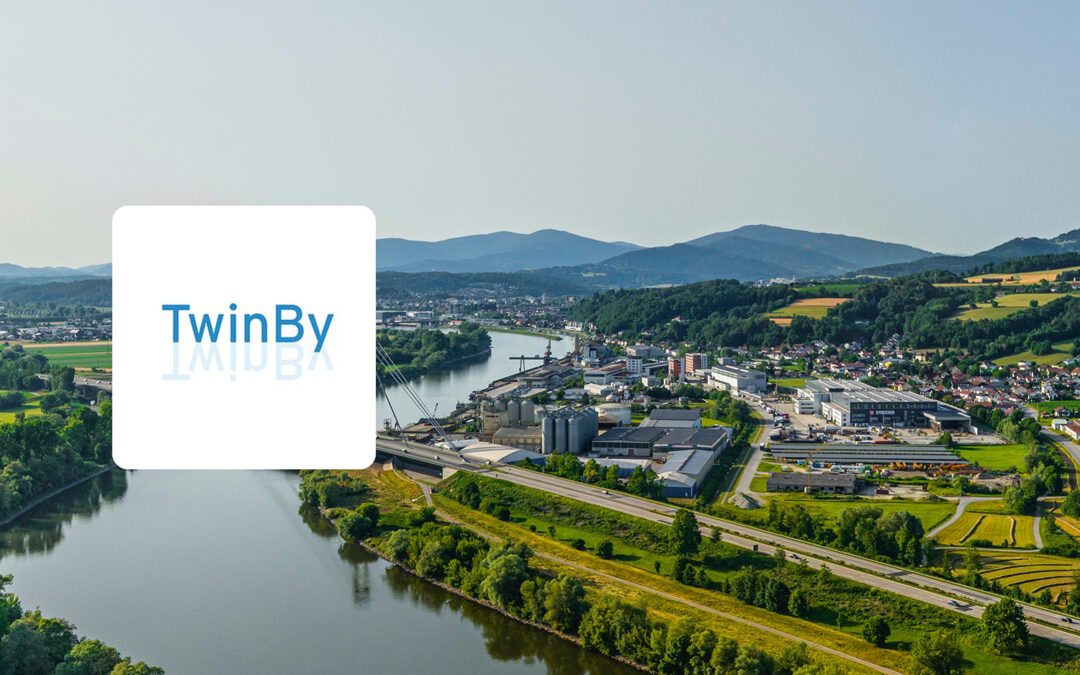Heavy rain and flooding are becoming a problem in more and more parts of Germany. The sudden large volumes of water can cause damage to roads, bridges and buildings. However, network infrastructures such as water, gas, electricity and telecommunications supplies are also affected. For sustainable disaster management, the neighboring towns of Deggendorf and Plattling are now using a digital twin, which was developed with the help of the “TwinBy – Digital Twins for Bavaria“ funding program from the Bavarian State Ministry for Digital Affairs. aconium GmbH supported the two cities in this project.
In order to better assess the effects and consequences of heavy rainfall or flooding events, local authorities need specific information, for example on the reactions of the sewer system in stress situations. Warnings and information from the population must be directed quickly and specifically to the right contact persons. The cities of Deggendorf and Plattling want to use a digital twin to identify potential damage at an early stage and derive appropriate measures to protect the population and infrastructure. aconium GmbH has created an individual and interactive user interface for the regional center of Deggendorf-Plattling – based on existing data and environmental sensors. The platform has 3D layers that enable citizens, fire department, THW and building yard emergency services as well as the municipal authorities to track current measurement levels and the course of flooding during heavy rainfall. The population can see for themselves whether and to what extent they are affected. The visualization of spatial damage potential and the mapping of current events in real time make it possible to secure valuables and properties at an early stage. This can significantly reduce the extent of damage to private and public property.
The digital twin provides the administration of the regional center with all the information it needs to identify potential weak points and risk factors in advance and eliminate them in the long term through targeted investments. A better understanding of the effects of flooding and heavy rainfall leads to a rethink of climate adaptation measures, for example in the construction sector. The information provided by the digital twin can raise public awareness of the consequences and dangers of heavy rainfall and flooding events and strengthen trust in the public sector.
For the regional center of Deggendorf-Plattling, the project is another milestone in the successful cooperation in the area of digitalization and Smart City. The stakeholders also want to use the potential of a digital twin as a citizen GIS in the future and are already developing ideas for expansion. With the help of the SDDI catalog, other municipalities will also benefit from the use of a digital twin in the regional center as a smart flood and heavy rain management system.
Background of the project
With a total funding volume of around one million euros, 17 projects from 13 individual municipalities and four municipal associations were supported, according to the ministry. The participating municipalities received consulting and coaching services from selected service providers for professional and technical implementation as well as funding of up to 50,000 euros for individual municipalities and up to 75,000 euros for cross-local projects.
The Bavaria-wide project also promoted exchange between the municipalities so that the stakeholders can benefit from each other’s experiences. An accompanying training program ensures that work with and on the digital twins can continue after the end of the project.

